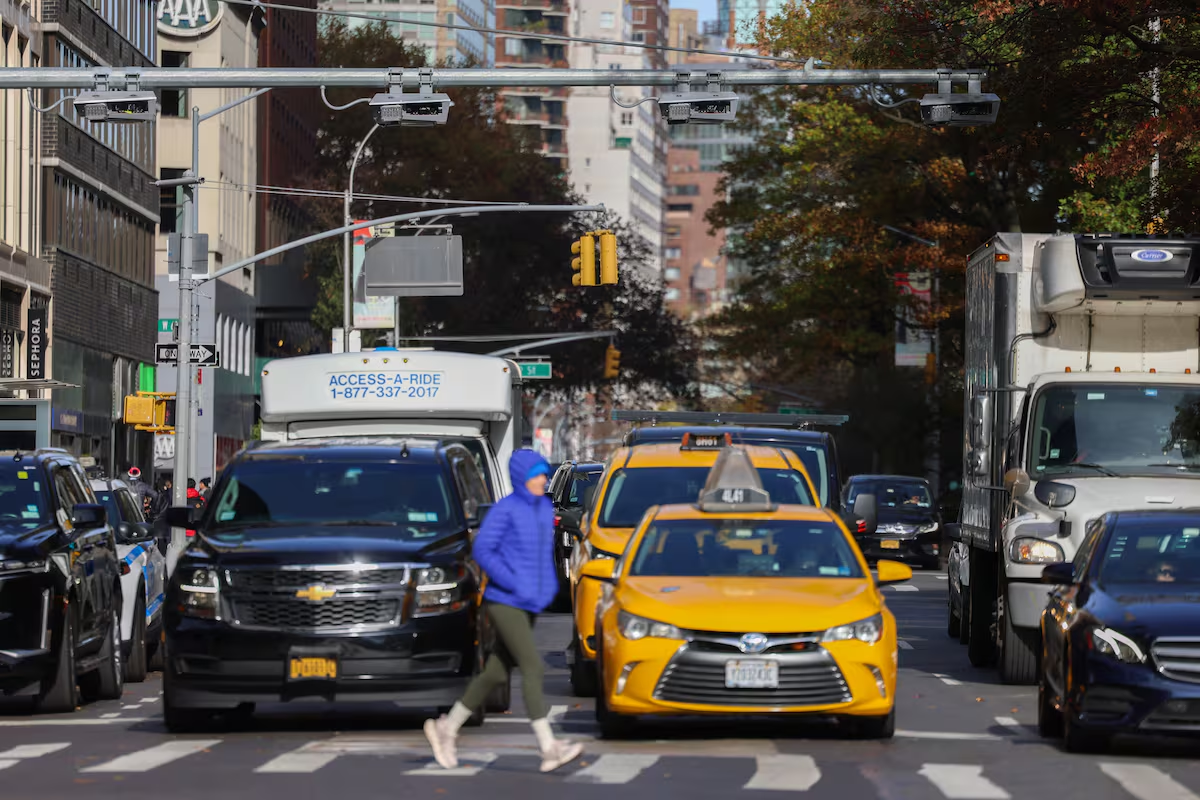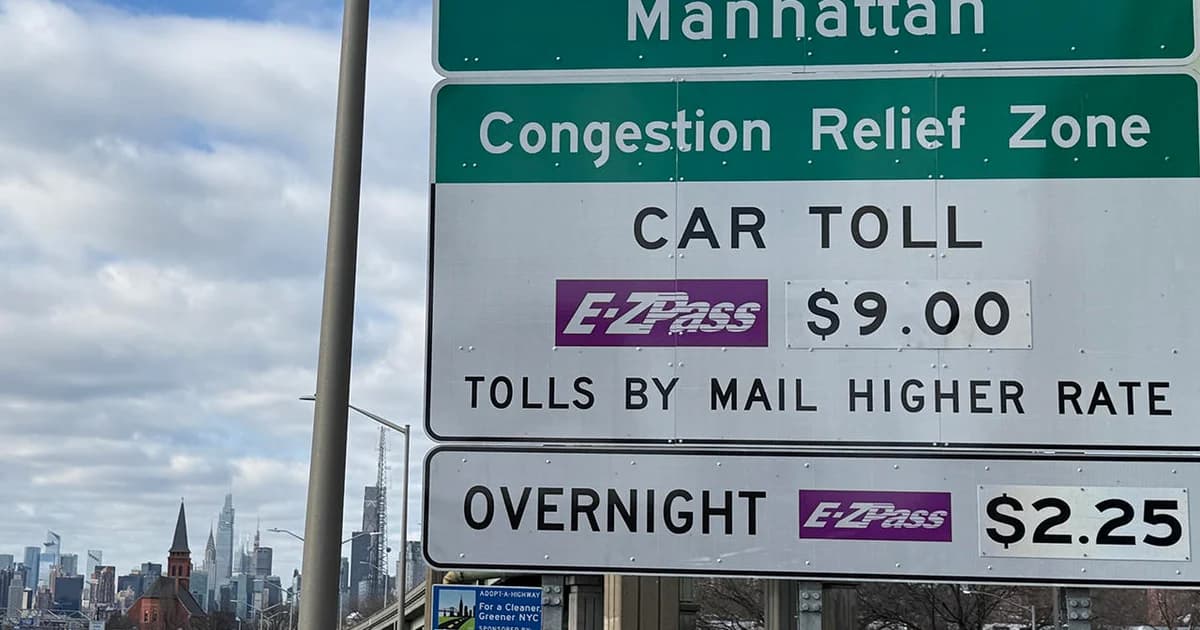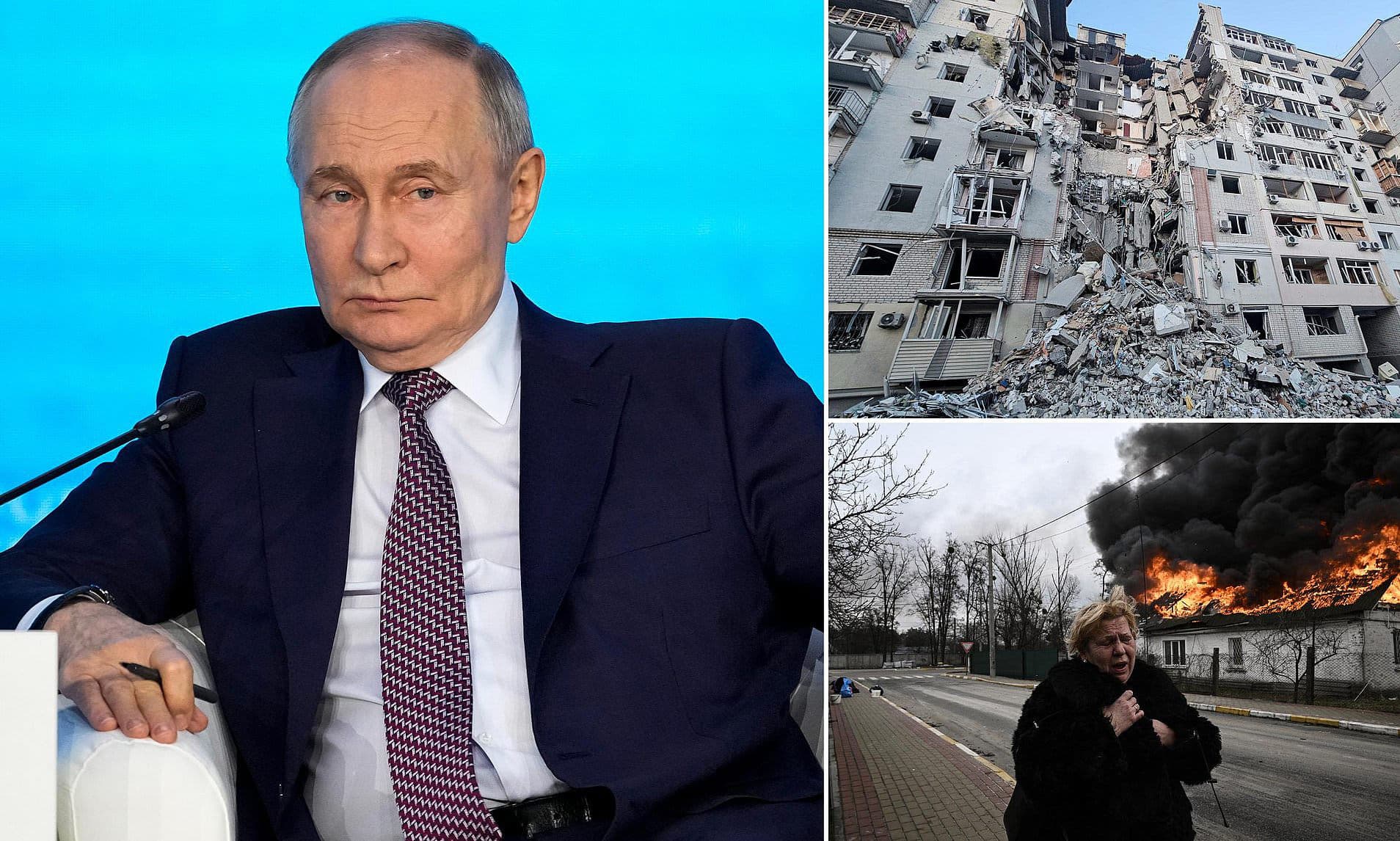New York City Takes Bold Steps for Climate Action
New York City is making waves in urban mobility with its groundbreaking congestion pricing initiative, which has already proven to be a massive success just six months after its launch. This revolutionary program, activated on January 5, 2025, aims to reduce traffic congestion in Manhattan"s bustling Congestion Relief Zone (CRZ) and fund vital improvements to the city"s public transportation infrastructure. The Metropolitan Transportation Authority (MTA) reports that congestion pricing is on track to generate an astonishing $500 million in 2025, bringing in $215.7 million as of April alone, as reported by AMNY.
Traffic Reduction and Economic Growth Go Hand in Hand
The results are hard to ignore. Traffic entering the CRZ has decreased by 11%, translating to 67,000 fewer vehicles daily. With over 10 million fewer vehicles since the start of the program, New Yorkers are experiencing improved travel times and a noticeable reduction in delays. This initiative is not merely about reducing gridlock; it is also about enhancing the quality of life in New York City. According to the MTA, traffic delays within the CRZ have decreased by 25%, with the Bronx and parts of New Jersey seeing reductions of 10% and 14%, respectively, as discussed by Brookings.

MTA opens 3 customer service centers in Brooklyn and Bronx
Improved Public Transit and Safety for All
The revenue generated from this program is earmarked for essential capital improvements across the MTA"s systems, amounting to $15 billion. These funds are critical for enhancing the reliability and efficiency of public transportation, which is vital for urban sustainability. As the MTA reports, subway on-time performance has reached a historic high of 85.2%, while bus speeds have increased by an average of 3.2% within the CRZ, with some routes improving by an impressive 25%. Furthermore, pedestrian fatalities have reached record lows, demonstrating that this initiative is not only about reducing congestion but also about ensuring the safety of all New Yorkers, as highlighted by the New York City Department of Transportation.
Legal Challenges Threaten Progress
Despite these successes, the program faces legal challenges from the federal government, which has attempted to undermine its implementation. Governor Kathy Hochul has firmly stated that her administration will continue to fight these unlawful challenges in court, emphasizing that the cameras monitoring congestion pricing will remain operational. This determination is crucial as the future of urban congestion pricing in the U.S. hangs in the balance, with New York City at the forefront of this transformative movement.

Congestion pricing introduced to thin traffic in New York City - The ...
The Path Forward for Urban Mobility
The implications of New York City"s congestion pricing extend beyond its borders. This initiative serves as a model for other urban areas grappling with traffic congestion and an urgent need for sustainable transportation solutions. As cities worldwide seek ways to address climate change and improve public health, the success of New York"s congestion pricing may very well pave the way for broader adoption of similar policies. The focus on environmental justice and social equity within urban mobility is essential, ensuring that marginalized communities are not left behind as these transformative initiatives unfold.







![[Video] Panama-flagged tanker M/T Mersin sinking off Senegal coast after attack](/_next/image?url=%2Fapi%2Fimage%2Fthumbnails%2Fthumbnail-1764510080363-qnetqq-thumbnail.jpg&w=3840&q=75)
